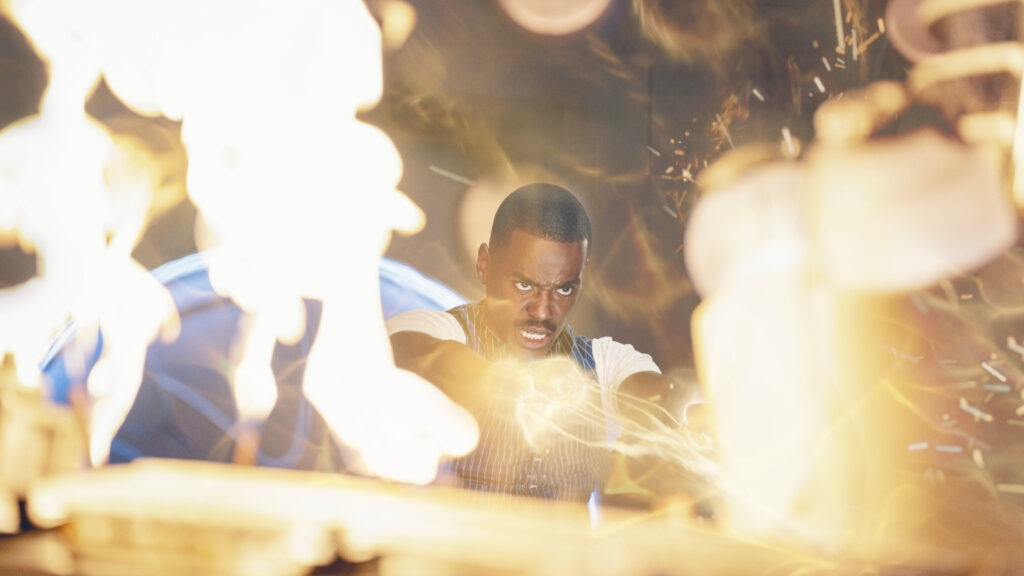Named RCW 7, the nebula is located just over 5300 light-years from Earth in the constellation Puppis. Nebulae are areas of space that are rich in the raw material needed to form new stars. Under the influence of gravity, parts of these molecular clouds collapse until they coalesce into protostars, surrounded by spinning discs of leftover gas and dust. In the case of RCW 7, the protostars forming here are particularly massive, giving off strongly ionising radiation and fierce stellar winds that have transformed it into what is known as a H II region. The ultraviolet radiation from the massive protostars excites the hydrogen, causing it to emit light and giving this nebula its soft pinkish glow. Here Hubble is studying a particular massive protostellar binary named IRAS 07299-1651, still in its glowing cocoon of gas in the curling clouds towards the top of the nebula. To expose this star and its siblings, this image was captured using the Wide Field Camera 3 in near-infrared light. The massive protostars here are brightest in ultraviolet light, but they emit plenty of infrared light which can pass through much of the gas and dust around them and be seen by Hubble.
Related posts
-

Northern lights may be visible in these 23 US States tonight
Northern lights could put on an impressive show tonight (June 1) as ongoing geomagnetic storm conditions... -

‘Doctor Who’ finale sees Ncuti Gatwa’s 15th Doctor regenerate into a very familiar face, but what does it mean for the show?
The Doctor is dead. Long live the Doctor! The era of Ncuti Gatwa’s Fifteenth Doctor came... -

Aurora alert: Ongoing powerful geomagnetic storm could spark more northern lights across the US tonight
Good news, aurora chasers — round two could be on the way tonight! If you missed...